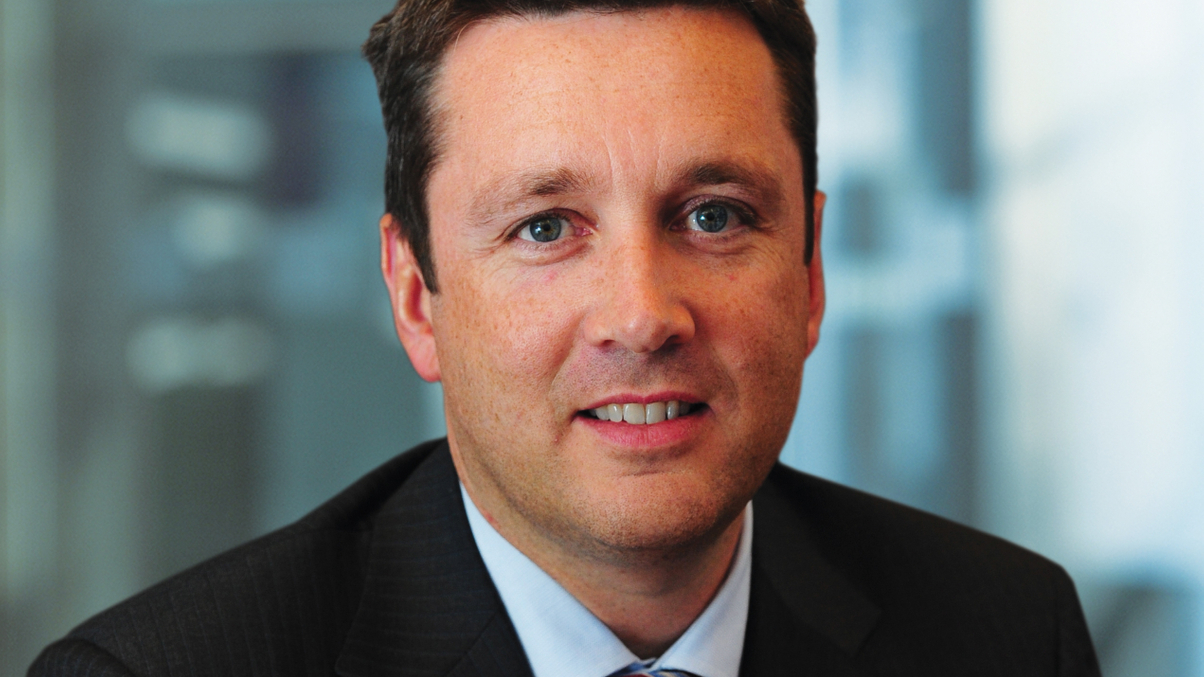Asian insurers pouring into illiquid assets
Almost half the region's insurers aim to have more than 15% of AUM in private-market assets by 2017, up from a quarter that do today. Meanwhile, they are using external managers less for core fixed income.

Insurance firms in Asia Pacific are moving more quickly into private-market assets than their North American peers as they look to boost risk exposure and diversification, according to BlackRock survey findings* to be released today.
Sign in to read on!
Registered users get 2 free articles in 30 days.
Subscribers have full unlimited access to AsianInvestor
Not signed up? New users get 2 free articles per month, plus a 7-day unlimited free trial.
¬ Haymarket Media Limited. All rights reserved.


